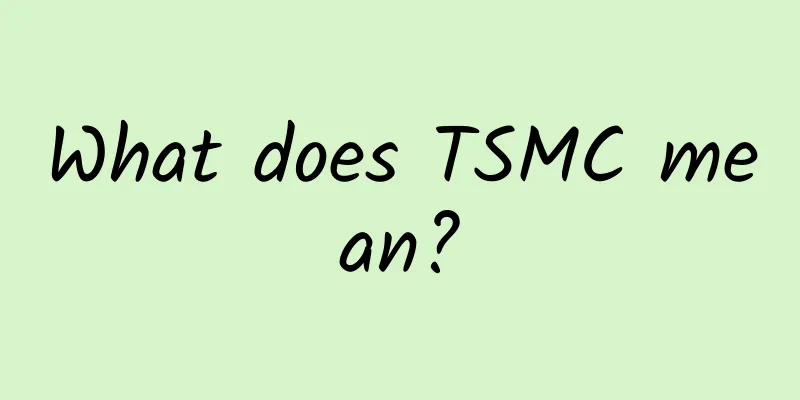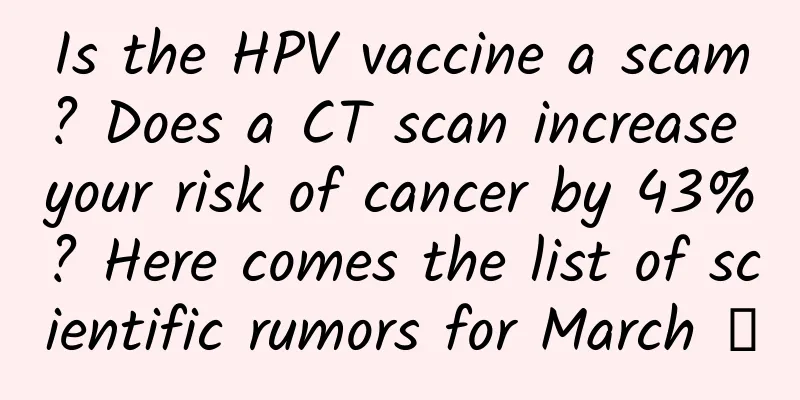Pain in both fallopian tubes

|
There are two ovaries and two fallopian tubes on both sides of the female uterus. The function of the ovaries is to discharge eggs, while the function of the fallopian tubes is to allow male sperm and female eggs to combine in the fallopian tubes and then be sent to the uterus. If a woman has pain in both fallopian tubes, she will feel abdominal pain and unbearable pain during menstruation. So what should I do if the fallopian tubes hurt on both sides? The early symptoms of fallopian tube obstruction include: 1. Dysmenorrhea: Dysmenorrhea caused by pelvic congestion usually begins with abdominal pain one week before menstruation, which becomes more severe as the menstrual period approaches until the onset of menstruation. 2. Menstrual irregularities: The fallopian tubes are adjacent to the ovaries. Generally, diseases of the fallopian tubes do not affect the function of the ovaries or the amount of menstrual flow. Menstrual abnormalities only occur when inflammation spreads to the ovaries and damages ovarian function. Frequent menstruation and heavy menstrual flow are extremely common, and may be the result of pelvic congestion and ovarian dysfunction. Excessive menstruation can be caused by uterine fibrosis due to chronic inflammation, abnormal uterine position due to incomplete uterine involution or adhesions. 3. Abdominal pain: There are different degrees of pain in the lower abdomen, which is mostly hidden discomfort, soreness, swelling and a feeling of falling in the waist, back and sacrum, which is often aggravated by fatigue. Due to pelvic adhesions, there may be pain when the bladder or rectum is filled or empty, or other symptoms of bladder and rectal irritation, such as frequent urination and tenesmus. 4. Infertility: The fallopian tube itself is damaged by lesions, causing blockage and leading to infertility, with secondary infertility being more common. Others: such as increased leucorrhea, pain, bowel disorders, fatigue, work influence or intolerance to long-term work, neurological symptoms and depression, etc. I hope that through today’s popular science, everyone can have a more intuitive understanding of the fallopian tubes and dispel all doubts on the road to pregnancy. Many patients come from all over the country. They have taken many detours and suffered a lot. Whenever there is a problem with the hysterosalpingography, the advice you get is: go for IVF, you won’t be able to get pregnant. Some people really did try IVF, but it didn’t work the first time, the second time, or the third time. In fact, for patients with fallopian tube obstruction, it is necessary to choose a treatment method based on the specific situation to restore the canalization of the fallopian tube. The best method is to use "hysteroscopy and laparoscopy combined surgery", which is a minimally invasive treatment method with relatively little impact on the pelvic environment. |
<<: What to do if the fallopian tube is completely blocked
>>: Where is the best place for warm moxibustion for women?
Recommend
Eat wontons for breakfast and you won’t get tired of it for a whole week. Here’s a quick learning method for you!
If we talk about the soup food that is indispensa...
What delicacies can be made with dried mango? Can dried mango be stored in the refrigerator?
The taste of dried mango is sweet and sour, but n...
How to prevent low back and leg pain after childbirth?
The pregnancy and childbirth processes are both v...
What impact will poor follicular development have on pregnancy?
I believe everyone knows about the process of con...
What are the dangers of health packs?
Nowadays, the pace of urban life is getting faste...
The “baby of the century” passed away. Why does sudden cardiac death target young and middle-aged people?
On March 24, the mother of "Baby of the Cent...
Why is the vaginal discharge a little brown?
People's concept of health is gradually gaini...
Does a cold in early pregnancy have any effect?
Pregnancy can be said to be one of the most impor...
Can blocked fallopian tubes lead to biochemical pregnancy?
Nowadays, many people suddenly find out that they...
Mobile medical care is becoming increasingly popular, but it will take time to subvert traditional medical care
The device checks Trellini's blood pressure s...
How long does it usually take for menstruation to occur after a painless abortion?
In life, painless abortion surgery is a technolog...
How should menopause be managed?
All women will have menstruation, but when we rea...
After induced abortion, the whole breast is hard
During pregnancy, women's body's estrogen...
What do pregnant women need to supplement every month?
Everyone knows that pregnant women must have suff...









